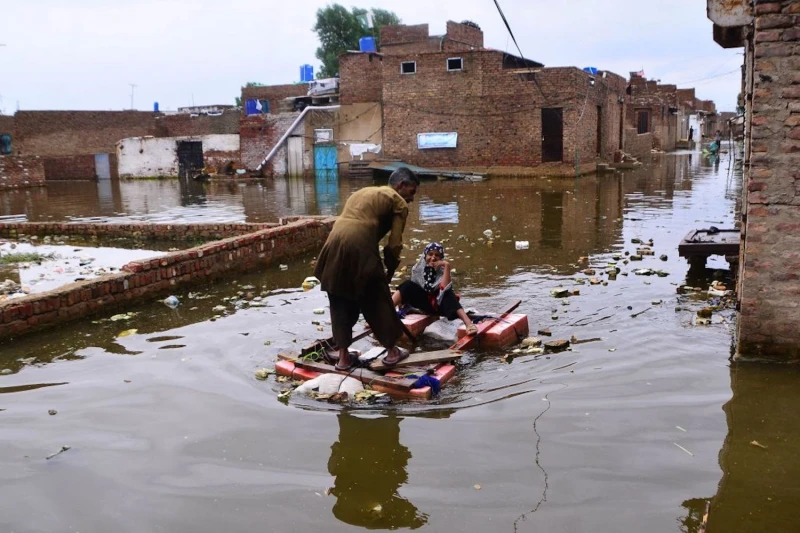According to a study published in The Journal of Climate Change and Health, many dermatological disorders, particularly in disadvantaged and vulnerable communities, are brought on by or made worse by floods, wildfires, and excessive heat.
The body’s main contact with the outside world is the skin – a huge, intricate organ that is crucial to the body’s sensory, thermoregulatory, barrier, and immunological functions. Since many skin disorders are climate-sensitive, the frequency and severity of floods, wildfires, and extreme heat events represent a serious danger to global dermatological health.

As a foundation for health engagement, the implementation of early new treatments, and improved disease outcomes, the department wanted to give dermatologists and other practitioners a thorough overview of extreme weather-related skin disease, according to lead author Eva Rawlings Parker, MD, Department of Dermatology and the Center for Biomedical Ethics and Society, Vanderbilt University Medical Center, Nashville, TN, USA. “We were stunned by the sheer range of implications that extreme weather events have on skin disease and how significantly climate change exacerbates inequality,” the report reads.
There were about 200 papers referenced that described the various effects of severe weather events on skin. “This knowledge is especially pertinent in light of catastrophic occurrences like Hurricane Ian, which has led to higher illnesses owing to flood and standing water exposures,” said Marcalee Alexander, MD, Editor-in-Chief of The Journal of Climate Change and Health.
One of the most frequent natural catastrophes, flooding, is connected to traumatic wounds and bacterial and fungal skin diseases. Another frequent effect of flooding is contact dermatitis because flood water is frequently tainted with pesticides, sewage, fertilizers, and chemicals. Adults without a history of eczema may develop it when exposed to wildfire smoke, and it may also cause or aggravate acne.

Extended heat waves can have negative effects since the skin is so important in controlling body temperature. Insufficient cooling during periods of excessive heat, for instance, can result in heat stroke and mortality. Heat can also make several chronic inflammatory dermatoses worse. Seasonal infectious illnesses are possible, and heat and humidity raise the risk of bacterial, fungal, and viral pathogens that cause common skin infections. Extreme heat occurrences have a less visible effect on behavior. People may spend more time outside during hot temperatures, increasing their exposure to air pollution, UV radiation, and insects.
Populations with lower incomes are more likely to reside in flood-prone locations. Additionally, these groups have a higher prevalence of skin conditions and poorer access to medical care. For migratory workers and manual laborers, extreme heat is a leading occupational danger. Large-scale migration is influenced by extreme weather conditions. One of the most often cited health issues seen among migrants is skin illness. The spread of infectious and communicable illnesses, as well as viruses carried by vectors, is particularly concerning. Homeless individuals are more likely to develop severe, climate-sensitive skin conditions.

To better define the risk for negative health outcomes, identify sensitive populations, concentrate on just and equitable strategies for resiliency and adaptation, and assess the impact of social factors on the relationship between exposure and health outcomes, clinical and occupational health research is required.
Stay tuned to Brandsynario for the latest news and updates.






































